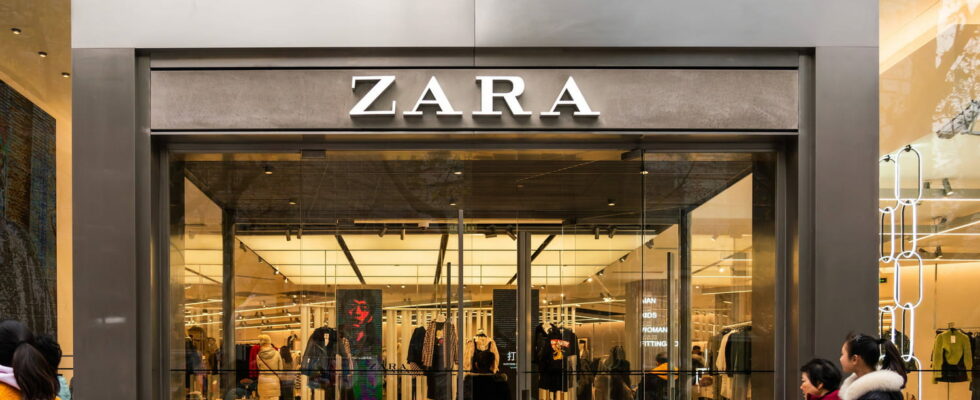Saint-Nazaire, Valence, Angoulême… Zara store closures have been multiplying in many French cities since the beginning of the year. And it could well continue elsewhere. Explanations.
Inditex, the Spanish group that owns Zara, Bershka, Pull and Bear and Stradivarius, is closing several stores in French cities such as Saint-Nazaire, Valence and Angoulême. Jean-Michel Sarget, director of the Ruban Bleu shopping center in Saint-Nazaire, accused in an interview with Ouest-France last month: “The group is in a logic of racing for profits.”
Inditex, often criticized for its fast and cheap fashion, has impressive profits. In 2023, they increased by 30%, reaching 5.38 billion euros, with a turnover of 35.95 billion euros. However, faced with competition from brands like Shein, Inditex has closed many stores worldwide, going from 7,412 in 2020 to 5,700 in 2024. They say some stores are too small and old to offer modern services like self-checkouts and click and collect.
Jean-Michel Sarget disagrees. He claims that the Saint-Nazaire stores were profitable, with a turnover increasing by 10% each year since 2018. “When I see comments that talk about rents being too high, it’s nonsense. They don’t even look at that.” According to him, Inditex simply prefers to focus on big cities with larger and more modern stores, which make even bigger profits. And should therefore continue in the months and years to come to close stores in all the cities which, to be profitable, do not yet generate the level of cash hoped for.
Despite these closures, Inditex denies abandoning medium-sized towns… or at least not systematically. “We are present in Bourges, Pau, Le Mans, Lorient, Brest, Angers…”, the group reminds us. But… additional closures are possible next year. Currently, Inditex has 273 stores in France, spread across 80 cities. The group insists on its desire to modernize its stores and offer a better customer experience. Zara has also changed its offer by adding more expensive items alongside its usual products, to take a share of the “mid-range” market rather than “low-cost”. The brand now offers genuine leather jackets and dresses that can cost up to 450 euros. It is also starting to collaborate with prestigious partners, such as Clarks and the photographer Steven Meisel, to improve its image. Hence the desire for all stores to be modern and shiny to illustrate this move upmarket, even if it means closing those that do not deserve a renovation? Maybe.
The potential closure of Zara stores in other mid-sized cities therefore raises questions about the brand’s strategy, but also about the face of French city centers, where the future of businesses and therefore the future atmosphere is uncertain. French mid-sized cities will have to adapt to this new situation, hoping to attract new brands capable of filling the gaps left by the departure of the brand that Jean-Michel Sarget nicknamed the “diva of ready-to-wear.”
